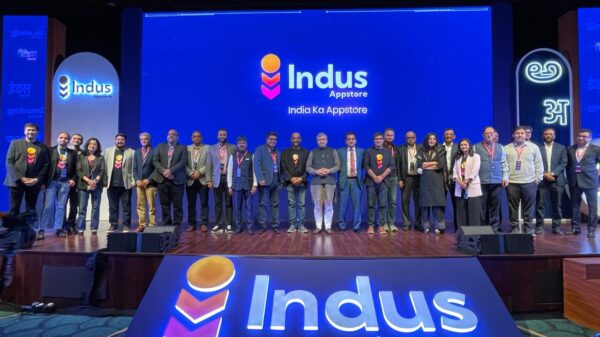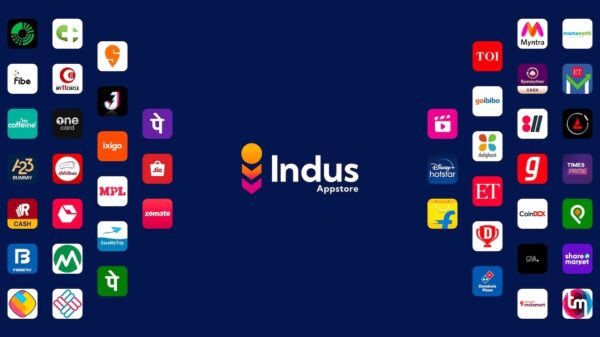There are roughly two camps in the Net Neutrality debate that’s all the rage now (with some very real rage, that too). The first camp is Silicon Valley tech companies and consumer activists. This camp vocally supports Net Neutrality. The second camp is Internet Service Providers and (currently) the FCC. This camp wants ISPs to have more control over how they distribute content, and potentially allow discriminatory behaviour under the guise of innovation. But there’s a third, less prominent participant in these discussions that is an equally significant stakeholder in Net Neutrality: CDNs. Content Delivery Networks. Pretty much everything you browse on the Internet comes from a CDN, from YouTube videos to news websites to this very webpage. There are a very finite number of CDNs in the world: companies like Akamai, Amazon Web Services, Level3, and Cloudflare control a significant share of the global CDN market, and by extension, transport the bulk of Internet traffic. “Leave us alone” Though there are a small number of CDNs, it’s a highly competitive market, much more than ISPs. But more than just being competitive, they control the flow of most data that flows over the Internet globally. They are a ‘middle mile’ that both customers and websites don’t have to think about; since a huge factor of a CDN’s competitiveness is how easy it is to set up (on the content creator’s side) and how fast and scalable access is (on the consumer’s side), it’s a very modular product. Modularity enables competitiveness…






























